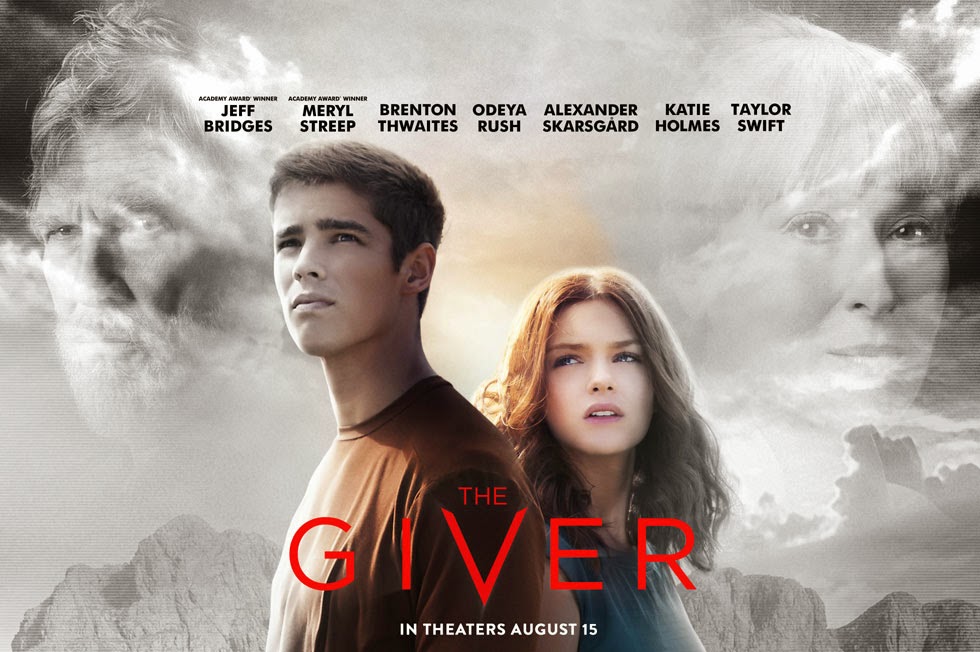2005’s “Sin City” was a visually ambitious effort by
troublemaker director Robert Rodriguez, adapting the black and white Frank
Miller comic book as accurately as possible. In employing never before seen
green-screen technology, animating almost everything except the actors, he envisioned
a graphically unique movie universe that romanticized and exaggerated the film
noir style, digitally sculpting entire sets and moods with angular lighting
concepts and isolating certain characters and props with splashes of sharply
contrasting color. Sure, it was gimmicky and the style vastly outweighed the
substance, but, it in a midnight-movie way, it was purely cinematic and it suggested
whole new possibilities between the worlds of digital animation and adult-themed
action movies.
Then
again, what we took for granted in Rodriguez’s successful experiment was the
apparent tight-wire act it accomplished with tone and execution. Lesser adopters
of this technique, like Zach Snyder’s “300,” “Watchmen,” and “Sucker Punch,”
proved that world building and visual panache must to be balanced with
sensitive direction, considerate acting , and, at the very least, functional
storytelling to pull a film together, lest the entire thing becomes an
overblown videogame cut-scene. While the original “Sin City” was light on
story, it was effectively moody, paced exceptionally well and doled things out
in such a way that it continually surprised the audience. Now, nine years
later, Rodriguez’s long-planned sequel “Sin City: A Dame to Kill For,” performs
like an over-confident cover-band, lazily going through the motions, believing
that it doesn’t matter if it slogs through the song as long it nails the guitar
solo.
Like
its 2005 predecessor, this is a triptych narrative that interweaves three short
stories, all staring different protagonists. Joseph Gordon Levitt plays Johnny, an egotistical
gambler who gets in over his head when he wins a game of poker against the
cartoonishly evil Senator Roark—played with some conviction by Booth Powers.
The second plot, in which the film takes its name, tells the backstory of private
eye Dwight McCarthy (previously played by Clive Owen , now Josh Brolin) who
gets tangled in the web of a spider-women named Ava (Eva Green), and who vows
revenge after a brutal double-cross leaves him disfigured. The last tale tracks
the mental deterioration of a stripper named Nancy (Jessica Alba), who seeks to
kill the Senator responsible for death of her fatherly protector Hartigan,
played in both films by Bruce Willis.
In this
triple-scoop serving of splat-tastic pulp there’s no shortage of stars hamming
it up as they deliver the Miller’s tough-guy dialogue, as well as no shortage
of ultra-violent black and white money-shots. However, for all its hack and
slash and stylish masculine bravado, what the movie does lack is any tangible
sense of mood, danger, or dramatic tension.
The Joseph Gordon Levitt short is inexplicably
split apart, and though the first half builds to an interesting conflict, when
we pick back up 25 minutes later the story putters out in a flatulent
anti-climax. Alba was always distractingly
miscast as Nancy Callahan but now that she’s expected to do more than just
provide cheesecake as a damsel in distress, her failings as a dramatic actress
are even more apparent in this totally unnecessary follow-up to the last movie’s most emotionally resonant
segment. Here she broods at the bottom
of a whiskey bottle, talks to Obi-Wan Bruce Willis from beyond the grave and
comically takes to the streets on a motor-cycle. The title story, based on a vintage Sin City
text, narratively anchors the rest of flab around it, highlighting the movie’s
best performance in Eva Green vamping it up as the archetypal femme fatale. But
even with this Rodriguez manages to spoil the experience by over playing his
digital color-correction tricks and over-exploiting the 3D exploitation.
Unfortunately,
“Sin City: A Dame to Kill For” is a depressing disappointment, not only for the
audience who may still remember the energy and audaciousness of the first film and
have been anticipating this sequel for many summers, but for the talented cast
and creators responsible for its deflating results.
Grade: D
Originally published in the Idaho State Journal/Aug-2014




